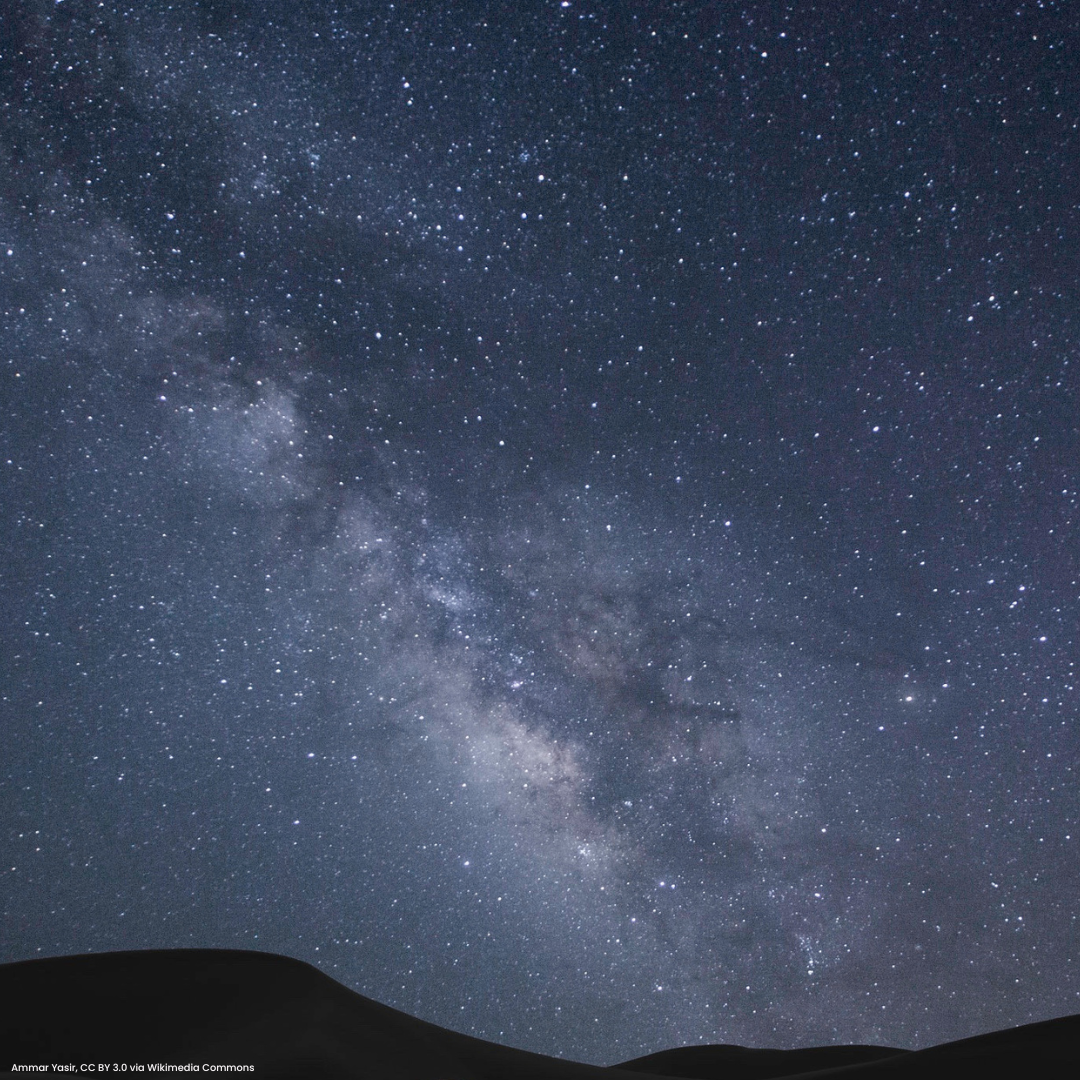Today, we think moonless nights are truly dark, with few visible stars. Then again, most of us live in a world where urban lighting and pollution obscure the night sky. Yet, people in a high desert, atop a mountain, or at sea enjoy the Milky Way blazing across the night sky.
My book, KNIGHT’S PAWN, takes place about a thousand years ago, mainly in England, when pagan and Christian paradigms intermeshed. Since few large towns existed, my characters lived in villages or hamlets. As people have for ages, they used the night sky to navigate or seek heavenly signs.
While researching, I learned that people often traveled at night, a feat that should not have surprised me. After all, Julius Caesar and Alexander the Great had marched whole armies at night. I also found that a perpetual twilight at higher elevations in the United Kingdom prevents the night sky from getting completely dark and that in April 1066, the skies were exceptionally clear. Thus, my character looks for the mysterious comet during a new moon. Far from any village, he climbs out of dense woods and finds a night sky so bright he nearly falls to his knees in awe.
